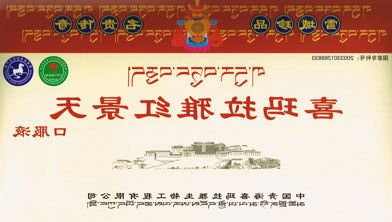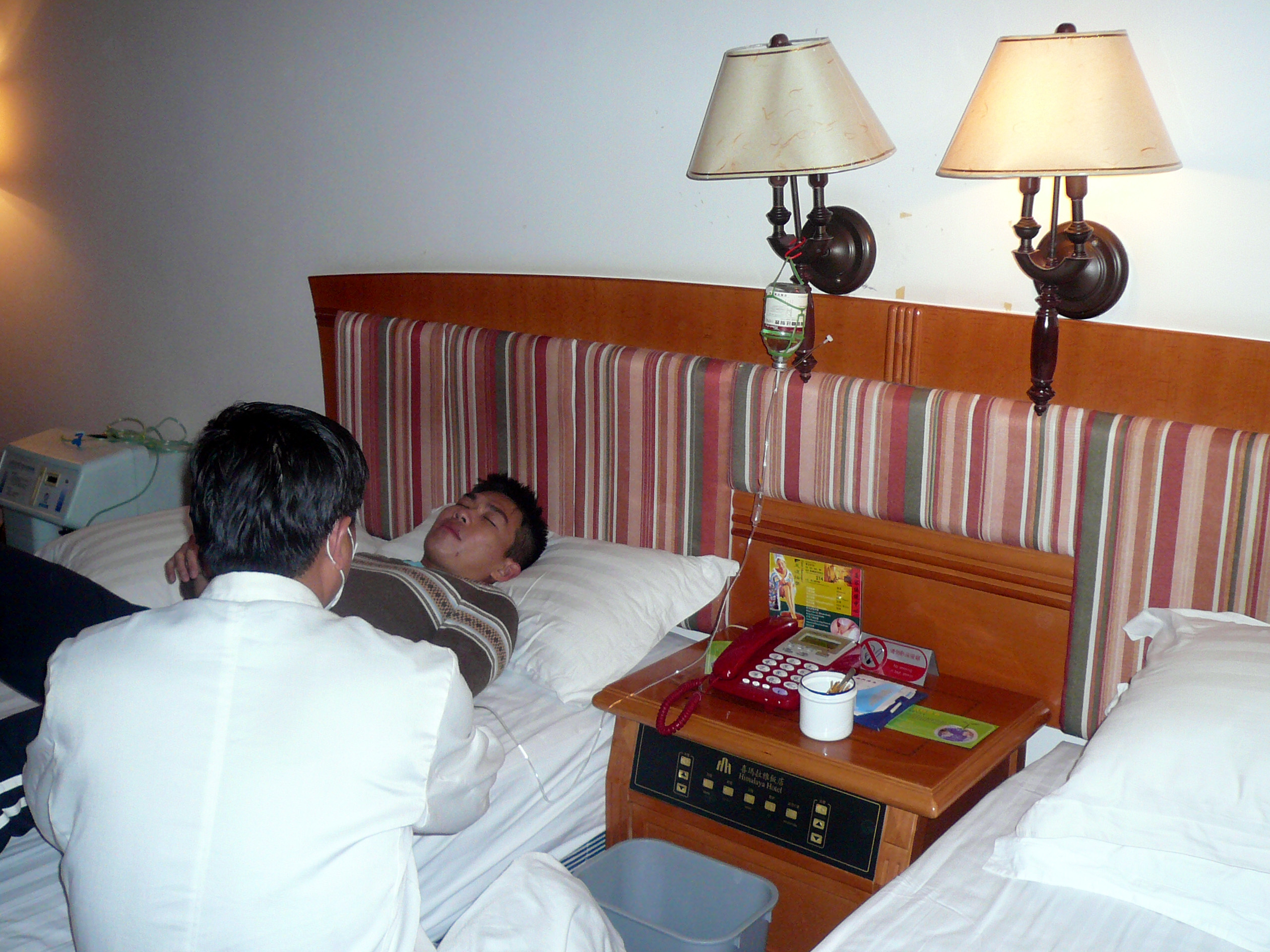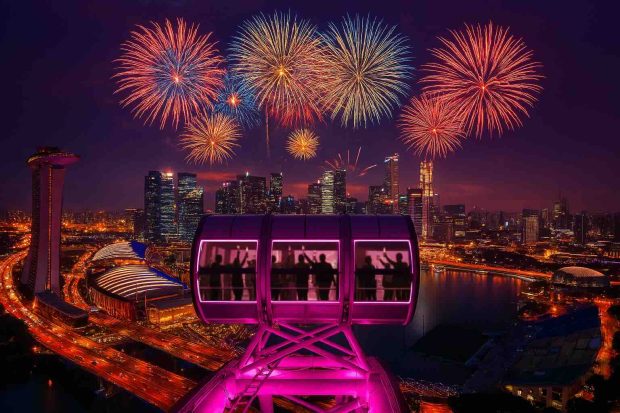For many people, Tibet is a mysterious and exotic destination at the end of the Earth. With greater media coverage, these days the idea of planning a trip to Tibet is fast gaining popularity. What is so attractive about Tibet? Why do so many people want to go there? Here’s a list of reasons why one should visit Tibet at least once in their lifetime:

-
Enjoy the scenic Tibet train, the world’s highest train, from Xining to tour China Tibet.
- The absolute thrill of setting foot on the top of the world at over 5,000m above sea level.
- One of the few places on planet earth where one get to enjoy crystal clear sky, beautiful sunshine, clean & fresh air, vast grassland and grand snow-capped peaks.
- A culturally exotic state relatively untouched by globalisation where one is free to explore the richness and beauty of the culture, lifestyle and architecture of the indigenous people.
- Shoppers can indulge in the exquisite handicrafts, pieces of jewellery, murals drawings and other souvenirs at a very favourable currency exchange rate.
- Last but not least, the beautiful landscape and architecture provide endless angles for great photography. You have to be really bad to snap a lousy photo.
Having said that, visiting Tibet is no mere feat and I have to learn it the hard way. The high altitude which gives Tibet its unique charms also gives its visitors Acute Mountain Sickness(AMS) or commonly known as Altitude Sickness.
AMS is common at high altitudes and its impact is dependent on the elevation, the rate of ascent and individual susceptibility. Most visitors to Tibet will suffer from headaches, dizziness, lethargy, loss of appetite, nausea, breathlessness, irritability and sleeping difficulties which will generally disappear through acclimatisation in several hours to several days.
Here’s what you can do to hopefully reduce the AMS impact:
At least 1 Week before flying over:
Being one who gives absolute trust in Western medication, I went to my company clinic to request for a prescription. The doctor recommended Acetazolamide also known as Diamox.
The doctor emphasised that acetazolamide is not an immediate fix for acute mountain sickness; it merely speeds up part of the acclimatisation process which in turn helps to relieve symptoms.
Clinics usually do not carry it themselves as demand for it is generally low in Singapore. I have to make calls to different Guardian Pharmacy outlets before securing a week’s dosage at the outlet in Citylink Mall.
Diamox was not really useful. On hindsight, I should have gone to Chinatown and purchase pills made from a Tibetan herb called Hong Jin Tian. These pills really go along way in aiding my recovery in Tibet and tour members who have taken them a week before the trip were generally fine.
It helps to
- protect the heart muscle from damaged caused by lack of oxygen (less than 15% oxygen in the air in Tibet) by increases the flow volume of oxygen-carrying blood to the heart muscle.
- prevents hypoxia-induced biological changes by either increasing intracellular oxygen diffusion and efficiency of oxygen utilisation or reducing hypoxia-induced oxidative damage with its anti-oxidative ability hence making it extremely effective for height altitude prevention.

When you are in Tibet
- Go right back to your hotel and rest immediately after your arrival. Strenuous activities such as brisk walking and running should be avoided. In fact, try to follow the local old folks and walk slower.
- Smoking and drinking alcohol is a no-no. But the guides do tell us that you can get ‘high’ faster in high altitude. Test it at your risk.
- Keep meals light. Do remember that the air in your body and the air outside of your body might be of different pressure. An involuntary output of gas may occur.
- It is normal to short of breath for the first few days. If it is not serious, do not use oxygen equipment so that you can acclimate to the high altitude as asap.
- Do not take showers frequently especially on your first night in Tibet. This will help you avoid catching severe colds. Just use a wet towel and cleanse yourself.
- Forget dieting and make sure you have a ready supply of sugar-rich candies or chocolate bar. Take one immediately once you feel giddy.
- Tell your guide immediately if you feel chilly or feel uncomfortable, they are well trained to arrange for doctors to come to the hotel.
My Sob Story:
After 2 nights of cleansing myself with warm wet towels, I decided that I had enough. I dun believe that taking a relaxing, warm shower will do much harm to my body. So I turn on the tap and the rest is history.
I woke up the next day feeling sick and bloated. By noon, it had developed into a full blown diarrhoea. It was living hell, I have to tahan the runs while sightseeing with absolutely no usable toilets along the way. The only safe heaven is my own hotel room.
I could hardly get through the evening cultural performance. Once I reached the bus, I was screaming for the driver to go full speed back to the hotel and I was fast losing conscious. I remembered letting loose of bowels at the hotel entrance….. It was such a nightmare.
Once I returned back to my room, I quickly cleanse myself and lie patiently on my bed for the doctor to arrive. Drip and medication were quickly administrated for my condition.

I had to avoid oily and salty food (which happens to be all the basic Tibetan dishes) and just survive on plain porridge for the rest of the trip. But no big loss, Tibetan food is not really my cup of tea anyway.
That’s my sob story. So do make sure that all pre-trip preparation are done and always heed your guide’s advise when visiting Tibet.
You may also like to check out my posts on other exciting travel destinations here






